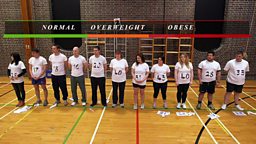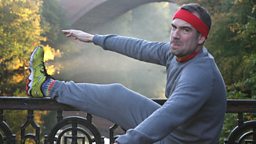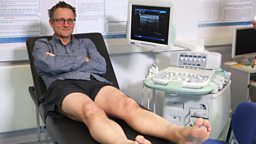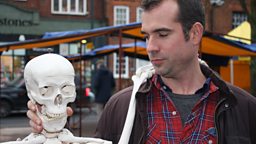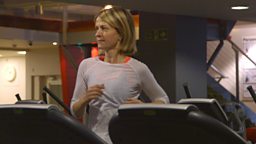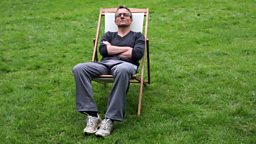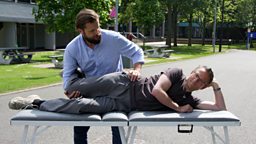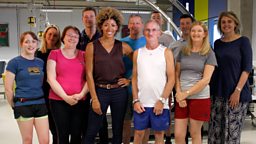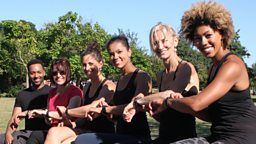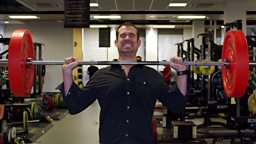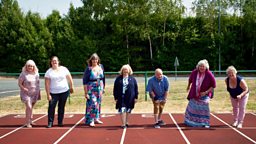Is it possible to get stronger just by thinking about exercise?
Could simply thinking about exercise – without so much as lifting a finger – really do the trick?
It sounds incredibly unlikely, but ‘motor imagery’ is a technique often used by top athletes, and some studies suggest that you can use it to improve your strength by mental training alone.
Trust Me, I’m a Doctor teamed up with to put this wonderfully weird idea to the test.
The experiment
We recruited 7 volunteers who did no more than 2 hours of exercise a week and Tony measured:
- their calf muscle strength with a dynamometer.
- the actual thickness of their calf muscles using ultrasound
- the percentage of their calf muscle they were actually using, with an EMG electrode.
Additionally he also measured how much of their muscles they were not using. In order to do this, he asked the participants to contract their calf muscle as hard as they could and then, half-way through the contraction, he zapped the muscle with another electrode. This allowed him to see how much more muscle could be additionally used.
Once they had had these baseline measures taken, Tony recorded a set of instructions for the volunteers, to help guide them through their strict thinking training regime:
Each training session lasted 15 minutes and the volunteers had to imagine contracting their calf muscles 50 times. They had to imagine it as vividly as possible, with Tony’s audio guides talking them through the exercises that they had done in the laboratory when they arrived. They had to do this 5 times a week for 4 weeks.
Then they returned to the lab for Tony to take all the same measurements again.
Audio guide
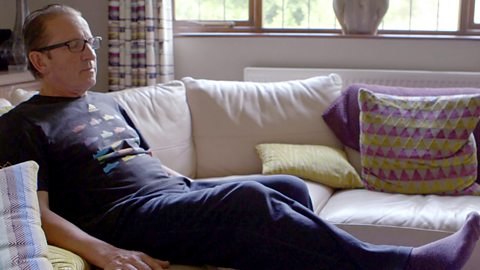
Think Yourself Stronger Audio Guide - Upper Body
Motor Imagery audio guide with The University of Northampton’s Professor Tony Kay
Audio guide
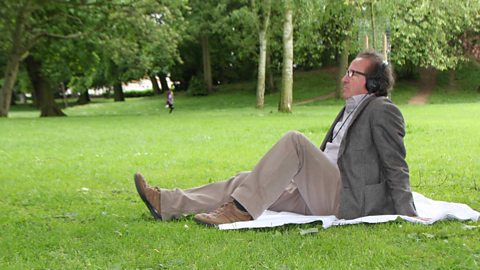
Think Yourself Stronger Audio Guide - Lower Body
Motor Imagery audio guide with The University of Northampton’s Professor Tony Kay
Strength results
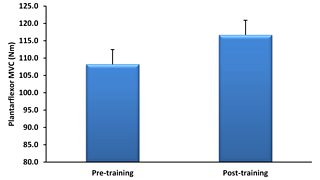
On average, the whole group made themselves 8.1% stronger, and one volunteer even managed a whopping 33.9% increase in their calf muscle strength!
Muscle thickness results
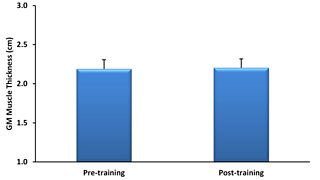
Now you might be thinking that the volunteers were possibly just gently contracting their muscles, without realising, during the mental imagery training. But this wasn’t the case. As you can see, measurements show that their muscles weren’t actually any bigger – they hadn’t grown more muscle fibres. So what was going on?
Percentage of their muscles they were using
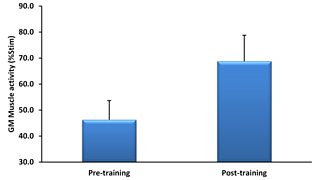
The participants became better at stimulating their muscle fibres when they wanted to use them. They went from using an average of only 46.3% of their muscle before training, to an average of 68.8% of their muscle after training. That is, they used 22.5% more of their muscles after the training. Essentially, by the end of the month of thinking, they were simply using more of the muscle fibres they had always had
Motor imagery is a rehearsal of the skill.
You’re getting better at using the muscles so you can activate a larger percentage of the muscle when you actually do the physical exercise.
It’s already used by top athletes, but could be ideal for those who are injured or cannot do physical activity, to avoid losing strength.
